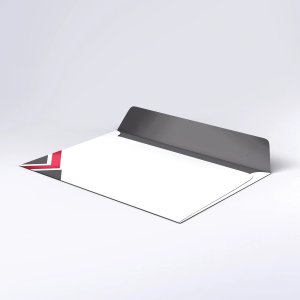
The role of heat exchangers in energy efficiency
Kettle Type Heat Exchanger A frequent heat exchanger type utilized in process industries for situations where a liquid undergoes phase change, or vaporization, on one side of the exchanger is the kettle type heat exchanger. This is a thorough explanation of the kettle-type heat exchanger, with an emphasis on its functions, salient characteristics, design ideas, and potential uses: Structure and Design: A shell-and-tube heat exchanger with a sizable vapor disengagement gap that takes on the form of a kettle makes up a kettle type heat exchanger. The essential elements consist of: 1.Shell Side (Vaporizer): The boiling liquid is contained in a large cylindrical cylinder called the shell. Typically, it has a vapor disengagement area (sometimes known as the kettle ) at the top where vapor can separate from liquid. 2.Tube Bundle: A bundle of tubes, usually in the form of a straight tube or U-tube, is located inside the shell. Heat is transferred to the liquid on the shell side by means of these tubes, which are filled with a heating medium (such as steam, hot water, or other fluids). 3.Baffles: By ensuring that the fluid flow across the tubes is not straight, which increases turbulence, baffles are included in the shell to guide the fluid flow and improve heat transfer. 4.Liquid Inlet and Outlet: The tube bundle comes into contact with the liquid that is going to be heated (and maybe evaporated) when it enters the shell. A separate exit located at the bottom of the shell allows the remaining liquid to escape as some of it evaporates as it heats up. 5.Vapor Outlet: The vapor separates in the disengagement gap during the boiling of the liquid and leaves through the vapor outlet located at the top of the shell. 6.Demister (if necessary): To make sure that only dry vapor exits the system, a demister may occasionally be placed to eliminate any liquid droplets from the vapor stream. Working Principle: The heat exchanger of the kettle type functions by means of the principle of heat transfer, usually involving two fluids: the boiling fluid (inside the shell side) and the heating medium (within the tubes). Inside the tubes is the heating medium, which might be steam or any other hot liquid. via conduction via the tube walls, it distributes its heat to the liquid inside the shell as it flows. This heat is absorbed by the liquid on the shell side, raising its temperature. A portion of the liquid turns from liquid to vapor at the boiling point. Any liquid that hasn t evaporated leaves the system through the bottom, where it might be recycled for additional heating. The vapor gathers in the vapor disengagement region at the top of the shell. Important Details: 1.Large Vapor Space: phases by giving vapor plenty of room to disengage. Liquid Recirculation: To enable continuous operation, extra liquid that doesn t evaporate can be drained off or recirculated. 2.Effective Heat transmission: The heat
-
Price: 450,000 INR
Category: Business & Industrial
Important!
There are a lot of advertisers on Advertigo. We cannot check them one by one.
You work hard for your money and you want a company you can rely on when you are buying or selling things. That’s why we want to help you protect yourself from fraud. In this section, you’ll find informative tips and other useful material to stay informed and help reduce your chances of falling victim to scammers.
Please understand that Advertigo.net is a free service to help buyers and sellers (and etc.) find one another. Advertigo.net is not involved in any transactions and can not police the actions of our many users.
Useful links
Similar ads
Astm a335 p22 pipes exporters in india
When it comes to high-performance piping solutions, ASTM A335 P22 Pipes stand out in industries
Vikas Jain
Product sourcing in uae made simple for global businesses
Trust and quality matter in sourcing. Businesses choose product sourcing companies in UAE like Inductus
Inductus Global
Sheet metal laser cutting machine | business point international
Sheet metal laser cutting machine is redefining the industrial efficiency in metal fabrication, unlike conventional
Maqsood Ali
Leading stainless steel 310 plate manufacturer and exporter in s
Find the top-quality stainless steel 310 plates from Jay Steel Corporation, the leading manufacturer and
Jay Steel
Mj enterprise: The Leader in high-precision machining
MJ Enterprise stands as a pioneer in high-precision machining solutions across India. Located in Vadodara,
Mj Enterprise
Pharma gifts suppliers in chandigarh and mohali - woofernbiz
Welcome to WoofernBiz, the one-stop destination for innovative, memorable and regulatory-compliant promotional items for the
Woofern
Metal laser cutting machine | business point international, uae
Metal laser cutting machine is designed to process the dynamic requirements of metal fabrication for
Maqsood Ali
A5 envelope template with designs
A stylish and professional way to pack your A5 documents, flyers or invitations? Tagsen s
Tagsen
Interior designers
Gazella is one of the top interior design firms in Trivandrum, Kerala, offering customized home
Gazella Interiors






